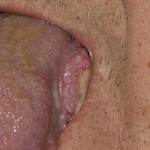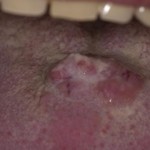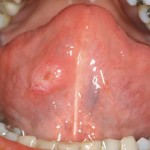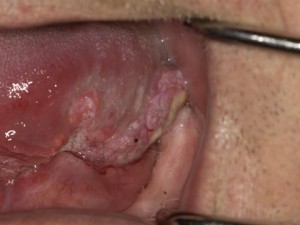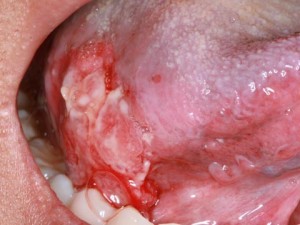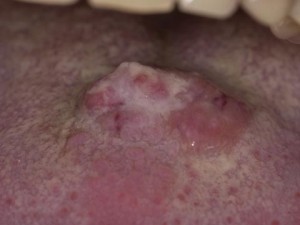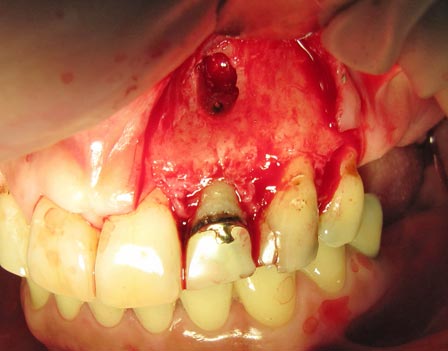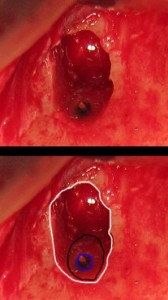Extract the dental nerve and then perform root canal treatment or kill the nerve using a toxin?
Generally: the longer a dental nerve is exposed or undernourished, the less rosy the future of the tooth!
 Toxins should not be used, as they damage not only the dental nerve, but also the surrounding bone. But the tooth should not simply be left open – saliva contains hundreds of different bacteria, which are liable to invade an open tooth and are hard to remove after that.
Toxins should not be used, as they damage not only the dental nerve, but also the surrounding bone. But the tooth should not simply be left open – saliva contains hundreds of different bacteria, which are liable to invade an open tooth and are hard to remove after that.
The problem faced by doctor’s offices is timing. Toothaches appear without due warning, so toothache patients cannot just „make appointments“. This is when dentists resort to toxins, treatment of the „open tooth“, this does not take very long and is easy to squeeze into the ordinary daily schedule of the office! A separate appointment is then made for the actual root treatment.
–
However long treatment takes, it is important to use a magnifier (magnifying glass, microscope) and coffer dam. This vastly improves the chances of saving your tooth!


